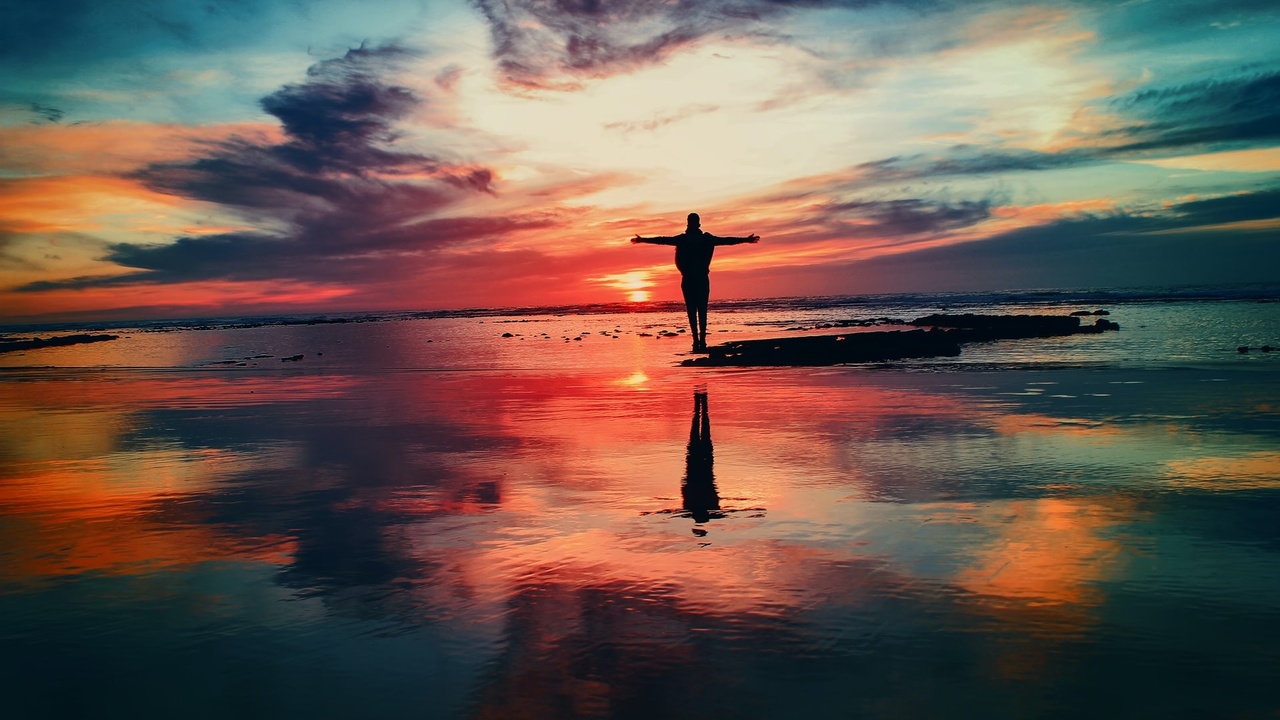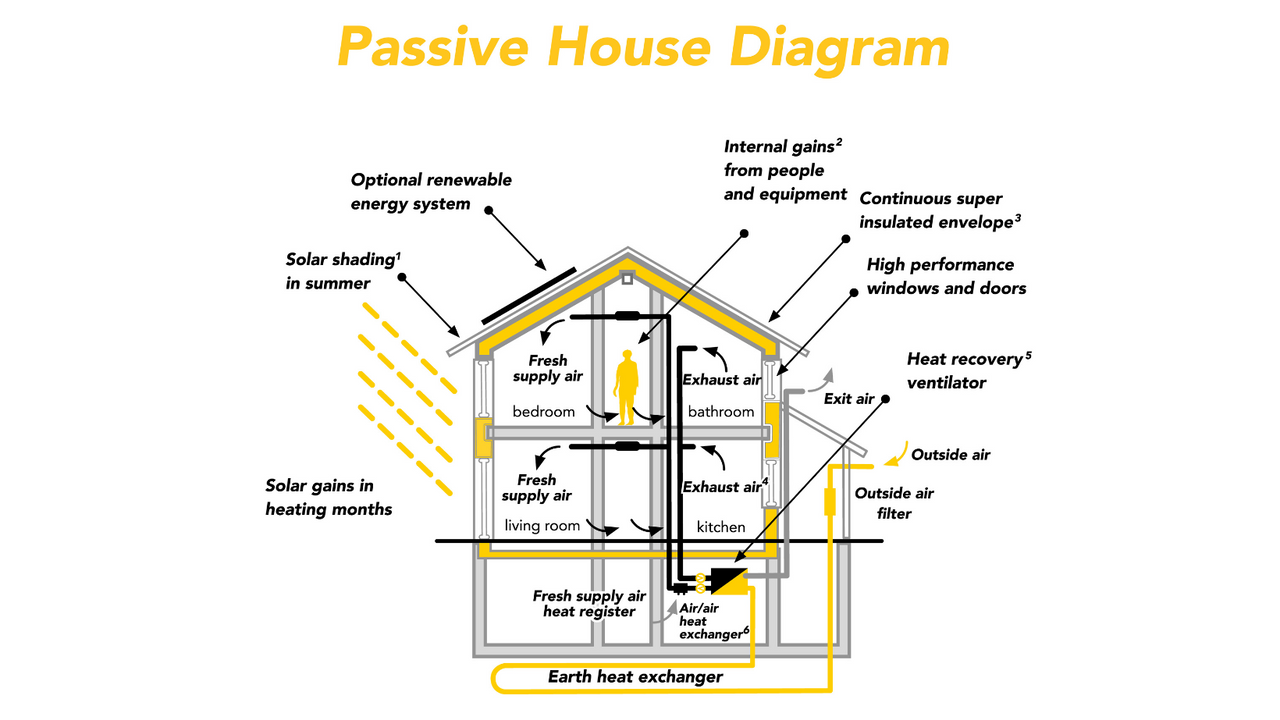Sustainable wellbeing and green living
Let's find ways to Flourish!
Have you tried JOMO?

These days, it might feel like your entire world is online. When you’re not using your laptop or phone for work, you may often find yourself browsing the internet or scrolling through your social media news feeds. Whether you’re on Facebook, Twitter, Instagram, YouTube, dating apps, your favourite news website, or all of the above, there is a good chance you spend a decent-sized chunk of your day online.
Not only can this end up being a major waste of time, but you are actually consuming and internalizing this content whether you realize it or not! Have you ever noticed that you experience an influx of negative emotions after consuming certain types of online content? Perhaps you feel like your life isn’t as exciting as your favourite social media influencers’, your extracurricular activities aren’t interesting or “on trend,” or your achievements aren’t actually that impressive. Unfortunately, the list can go on and on.

Social media promotes FOMO
While many of us are aware of the ...
Tool Lending Libraries

When you hear the word “library” what do you think of? A building or room full of books, films, and magazines that you can rent or borrow? You’re not wrong…but that isn’t the only kind of library out there! Home and garden tool lending libraries are another increasingly common type of lending library. While formal tool lending libraries have been around since the 1970s, informal ones have been around for much longer. If you’ve ever borrowed a tool from a neighbour or lent one of yours out to a family member or friend, you’re already quite familiar with the concept of a tool lending library!
The only difference is that formal tool lending libraries are on a larger scale, likely contain a wider variety of tools, and are often run by a local government agency or non-profit organization.
How do tool lending libraries work?

Tool lending libraries generally offer annual memberships that may cost anywhere from 25 to 100 dollars, depending on the services provided. As a member, you are th...
Passive Housing for Low Carbon Living

Buildings are an important piece of the sustainability puzzle, as residential and commercial buildings have significant environmental impact. For example, the United Nations Environment Program states that commercial and residential buildings are responsible for 36% of global energy use and 39% of energy-related carbon dioxide emissions annually. This means that we need to change not only the way we are currently living, but the structures in which we are living, working, and visiting as well.
While there are ways to make previously built buildings more sustainable through retrofits and energy efficient upgrades, it is also important to consider alternative ways of building in the first place, as new design techniques set precedents for a more sustainable future.

Passive House (also called Passivhaus in German) is a high-performance building standard that puts an emphasis on energy performance. Passive Houses consume up to 90% less heating and cooling energy than conventional build...
The one thing to green your decisions: The Precautionary Principle

What is the Precautionary Principle?
Life can be unpredictable and sometimes the decisions we make end up causing unintended consequences. This is especially the case when it comes to the natural environment and the implementation of new science, technologies, and activities. The unintended consequences of these activities can result in severe environmental harm.
That’s why it is important to take an anticipatory approach in order to mitigate and avoid environmental harm. With the multitude of environmental issues such as climate change, plastic pollution, and biodiversity loss that we are currently facing, it is in our best interest to start taking this approach!
The Precautionary Principle is based on the idea that it is “better to be safe than sorry.” Opposed to a reactive approach which is concerned with resolving negative effects after they have already occurred; (think plastics polluting the ocean) the Precautionary Principle is preventative.

The precautionary principle beg...
Climate Change Stories Rewritten

The Climate Illustrated project grabbed my attention on Instagram because they are doing something different than the other activists out there. First of all, they are using the platform to share stories. Stories from real people allowing us to glimpse into the richness and diversity of the human experience, and how that experience is being threatened by climate change.
The stories that they share are of real people and their concerns over environmental issues - how they overlap with climate justice, daily survival, and their deep connection to the natural world. It is an amazing way to glimpse snapshots of life around the world.

But more than that, the images that they are using to tell these stories are stunning and powerful at the same time. It goes far beyond the usual depiction of climate change issues with melting glaciers and threatened polar bears. Through illustrations, they depict scenes that could be snapshots of a life or a portrait of resistance.

This illust...
Business done better: Triple Bottom Line Reporting

Traditionally, businesses have determined their success by measuring their bottom line, otherwise known as, “show me the money”! Sure, I get it, profits are easily measured, but we know that there is a lot more to a business than just the financials. What about the people, community, the environment and the company’s impact in all of these areas?
Why do we need more than one bottom line?
In the past decade we have started to see sustainability mentioned as a goal or purpose of many businesses, non-profits, and governments. As more and more people become aware of the environmental and social issues we are currently facing, demand for sustainable businesses is increasing. Conscious consumers want to give their business to companies that are mitigating their harmful effects and making positive contributions. And, it turns out that more and more people want to work for those types of companies too!
However, claiming to be sustainable means nothing if there is no way to measure sustainab...
Recycling goes beyond beverage containers - Mattress Recycling!

When it comes time to get a new mattress you are faced with not only the dilemma of choosing your new mattress, but also the question of how to dispose of your current one. In Canada, approximately 6 million mattresses are landfilled each year, and that is a LOT of waste!
The issue with landfilling mattresses
Mattresses are large items that take up a lot of space in landfills. While other garbage is compacted, the way mattresses are formed makes them extremely difficult to compress and may even damage the equipment.
They also take decades to decompose within a landfill. And to make things worse, when mattresses finally do begin to decompose, they release toxic chemicals into the environment, effectively causing land and water pollution. With the number of mattresses being replaced throughout one’s lifetime, we are able to see how the accumulation of mattresses in landfills is a serious issue that needs to be addressed.


What to do instead?
Well, reuse of a serviceable and clean...
Akashinga - Nature Protected by Women

African wildlife is at risk and in need of protection. Over the span of seven years, elephant populations in Africa have decreased by 30% across the continent, mainly due to poaching. Similarly, rhinos are targeted for their valuable horns. Who is protecting African wildlife and how?
Akashinga is Africa’s first armed, all-women anti-poaching unit which is changing the way the issue of poaching is addressed throughout the continent. Instead of combatting poachers with violence, Akashinga uses a community buy-in approach that focuses on educating communities about the economic benefits of preserving Africa’s wildlife.
 Akashinga operates in Zimbabwe and relies on strong and powerful women to protect the environment and as a result, empower themselves and their communities.
Akashinga operates in Zimbabwe and relies on strong and powerful women to protect the environment and as a result, empower themselves and their communities.
How it all began
Akashinga was founded in 2017 by the International Anti-Poaching Foundation (IAPF). This foundation was created in 2009 by Damien Mander, an Iraq war veteran who served as a Naval clearance diver an...



